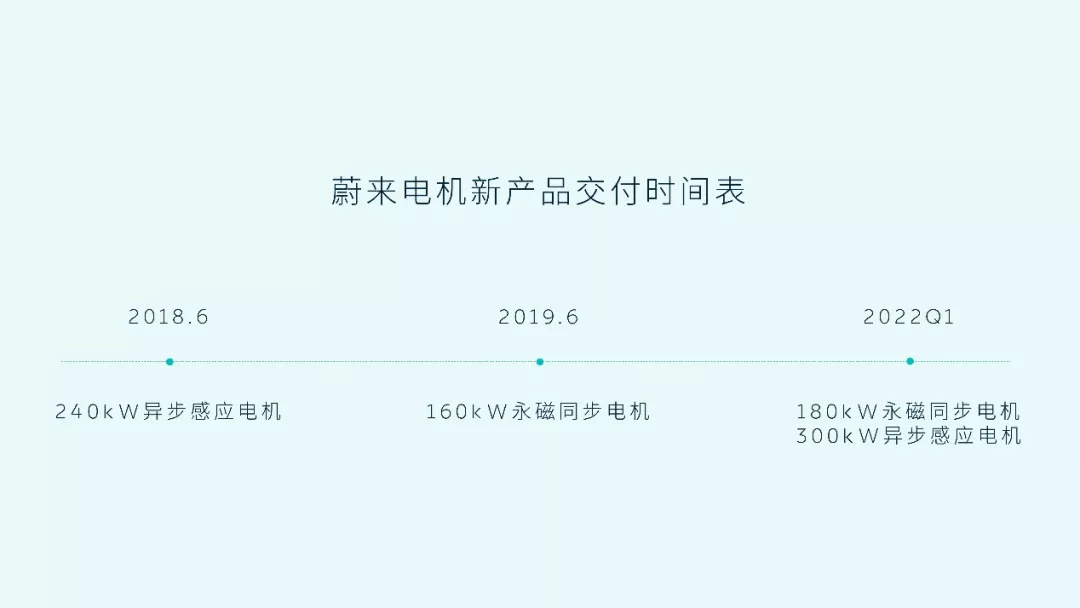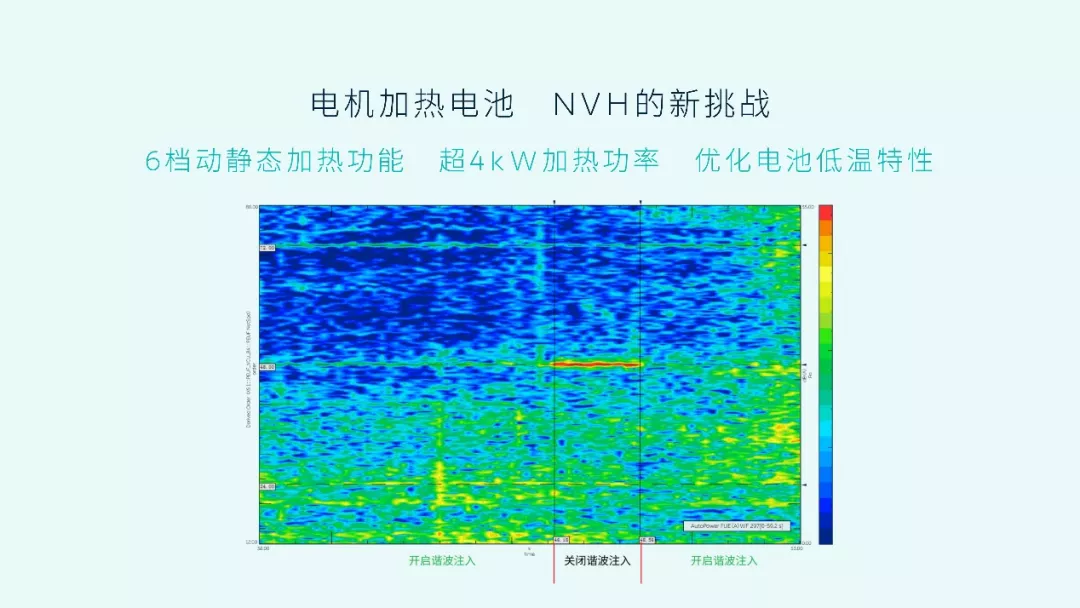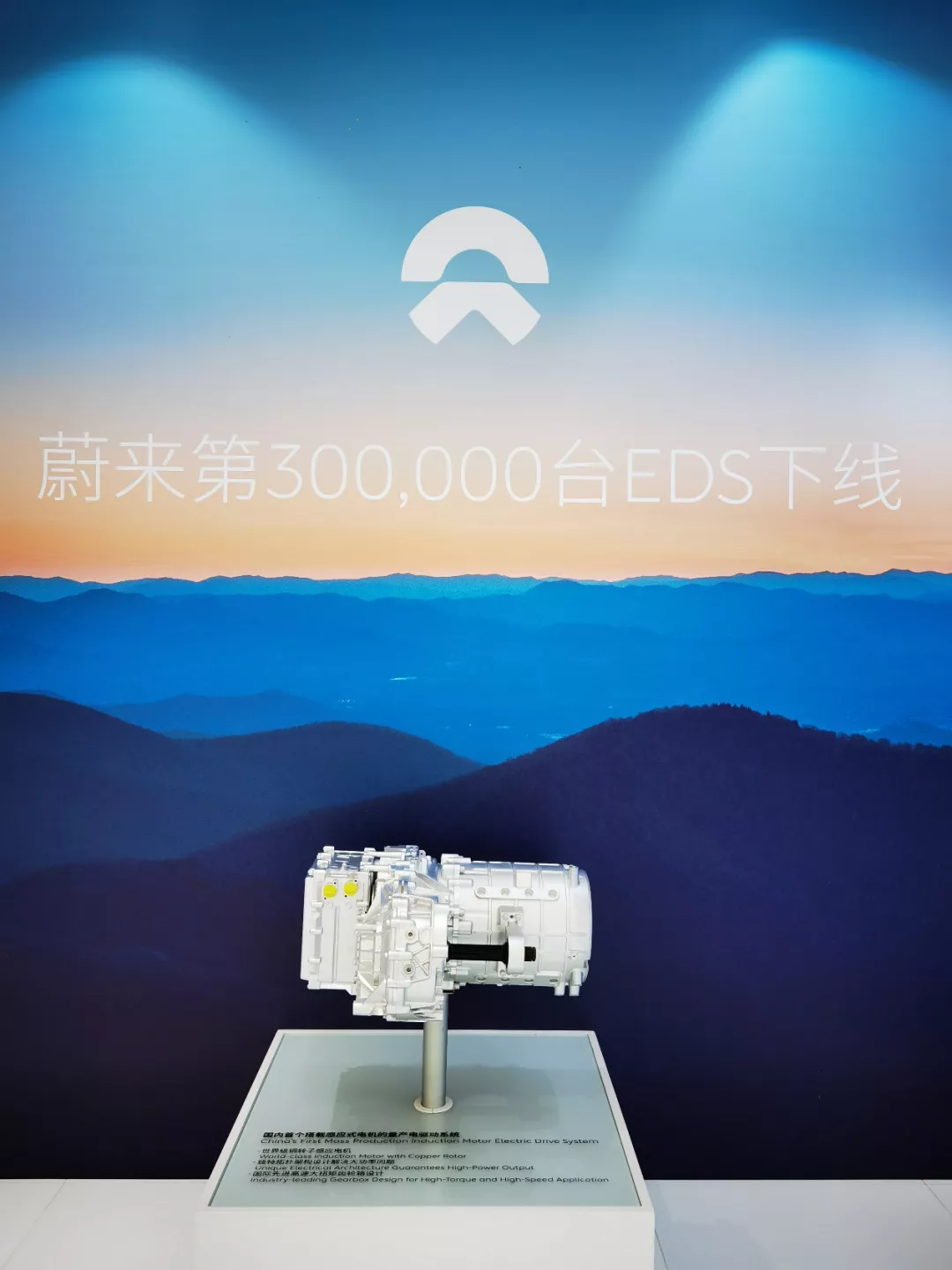Author: Su Qin
Introduction
We have seen the brand that is doing its best to please customers in every way possible and also has its engineering and technology side.
On October 19, upon invitation from Nio, we participated in the Nio ET7 electric drive system media communication meeting at Nio Advanced Manufacturing Technology Center in Nanjing.
From January 9, 2021, when Nio launched the intelligent electric flagship sedan ET7 in Chengdu, to June 22, 2021, when Nio announced the 180kW silicon carbide electric drive system that ET7 will be equipped with, its first C-sample was officially off the production line at Nio Advanced Manufacturing Technology Center in Nanjing.
As ET7 strides steadily towards its official release, we also had the opportunity to have in-depth communication with the responsible persons of Nio’s electric drive system, which helped us gain closer insight into the research and development, manufacturing, and testing of the Nio electric drive system. In addition, we visited Nio’s factory and production line in Nanjing, witnessing first-hand the energy and charm of advanced manufacturing and intelligent manufacturing.
During the event, Mr. Zeng Shuxiang, Senior Vice President of Nio’s ES&EI, elaborated on Nio’s concept of “full-stack self-developed” three-electric systems since its establishment.
He introduced that in the past six years, Nio has invested approximately 250 million yuan in continuous development of electric drive systems, and has obtained and applied for 215 patents, including 81 invention patents.
As a result, Nio’s electric drive system has evolved from the first generation of induction asynchronous + Si IGBT mounted on ES8 to the second generation of permanent magnet synchronous + SiC MOSFET (silicon carbide) that ET7 will be equipped with, and the third-generation system has also faintly emerged.

For electric drive systems, technology upgrades always focus on the goals of “higher efficiency, higher performance, quieter” to face increasingly competitive markets and meet increasingly demanding customer needs.
The application of silicon carbide (SiC) power modules, optimization of design methods and control algorithms are the unique secrets of Nio’s second-generation electric drive system to achieve significant improvements in efficiency, performance, and NVH under the premise of basic weight and volume remaining the same.
Silicon carbide, as the most typical third-generation wide bandgap semiconductor material, has the advantages of fast switching speed, high breakdown voltage, and strong high-temperature resistance. The use of motor controllers designed with silicon carbide power devices can greatly improve the efficiency and power density of permanent magnet synchronous motor drive systems. When silicon carbide devices are used in the main drive, it can also improve the range of electric vehicles.
Taking the application of the 180kW permanent magnet synchronous motor silicon carbide module as an example, it increases the current capacity by 30%, reduces the comprehensive loss of the electronic control system by 4% to 6%, and the comprehensive operating efficiency is ≥91.5%, which greatly improves the power consumption performance of ET7 under city conditions.
The application of silicon carbide material and multiple optimizations of the ET7 electric drive system result in a 20% increase in peak power and a 23% increase in peak torque compared to existing 160kW and 240kW electric drive systems. With a maximum power of 180kW for the front permanent magnet synchronous motor and 300kW for the rear asynchronous induction motor, the outstanding power performance enables the ET7 to accelerate to 100 km/h in 3.9 seconds.
While improving efficiency and performance, NIO engineers have also not overlooked the NVH that affects customers’ intuitive experience. Compared to the 160kW electric drive system, through the optimization of the EDS assembly mode by suspension fusion control, motor non-uniform air gap and high positive rotation air gap flux density, tooth shaft structure optimization design and controller harmonic injection and control strategy optimization, NIO has reduced the overall noise of the electric drive system by 5-15dB on the ET7, achieving better overall NVH performance and further reducing the comprehensive noise level in the car, providing a more quiet driving experience.

Interestingly, NIO’s electric drive system engineers have also developed a set of harmonic control algorithms specifically for the function of using the motor to heat the battery, which provides a maximum heating power of 4kW to the battery while eliminating noise under this operating condition, which improves the user experience comprehensively.

Visiting the electric drive workshop is also a pleasant experience. Unlike the impression of manufacturing factory workshops, the space here is spacious and the floor is clean, all production lines and functional areas are planned in an orderly manner. Dozens of industrial robots are focusing on completing preset actions efficiently according to the program, while AGVs are transporting modules between various production lines in an orderly manner. The few production line workers pay more attention to the testing of equipment operation and finished products. Let the smart equipment do the processing step.
The 240kW EDS and 160kW EDS production workshops cover an area of 20,000 square meters and 25,000 square meters, respectively, with high flexibility, high automation production capacity, and a planned annual production capacity of 320,000 units.
Copper rotor assembly, laser welding, turning and dynamic balancing, winding and inserting line integration, stator electric heating dipping paint, gluing, and online dynamic performance testing are all fully automated production processes, with precise and visual monitoring to ensure product quality and full traceability.Since the company was established in 2016, as of October 2021, over 300,000 EDS assemblies have been taken offline.
The core component controller of the electric drive system is assembled on the PEU production line, with the highest degree of automation reaching 90%. The IGBT pressure-welding wire is the most crucial part of the production line. The controller assembly line has an annual production capacity of 200,000 units, while the pressure-welding wire has an annual production capacity of 300,000 units. The entire assembly line integrates various processes such as tightening, pressing, leak testing, and electrical testing, and it is also a flexible assembly line that can be compatible with multiple models for co-linear production to better control production costs.
The production line for the next generation of controllers has also begun to emerge.
Intelligent and green factories are also standard for NIO’s electric drive factories. The application of MES and SAP collects all the materials, equipment, tools, and products of the entire factory as big data, providing data support for product traceability, quality control, and process optimization. Ground-source heat pumps, photovoltaic power generation, and energy monitoring help achieve the goal of energy conservation and emission reduction as a green factory.
In summary, this kind of electric drive manufacturing factory is in line with NIO’s style.
At the end of the article, let’s talk about two tidbits that Vice President Jing gave us during the communication meeting:
The first one was during the tough times when NIO was struggling in 2019. CEO Li Bin’s words of “research and development cannot be more difficult,” injected confidence into the team who had just started research and development on the second-generation electric drive system.
The second one was Li Bin’s requirement for the team to “do subtraction” in the research and development process, which strengthened the team’s determination for full-stack self-research and multi-in-one fusion development. All of the above have allowed us to see that this brand, which is bending over backwards to please its customers, also has its engineering aspects.
This article is a translation by ChatGPT of a Chinese report from 42HOW. If you have any questions about it, please email bd@42how.com.